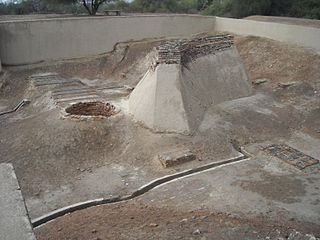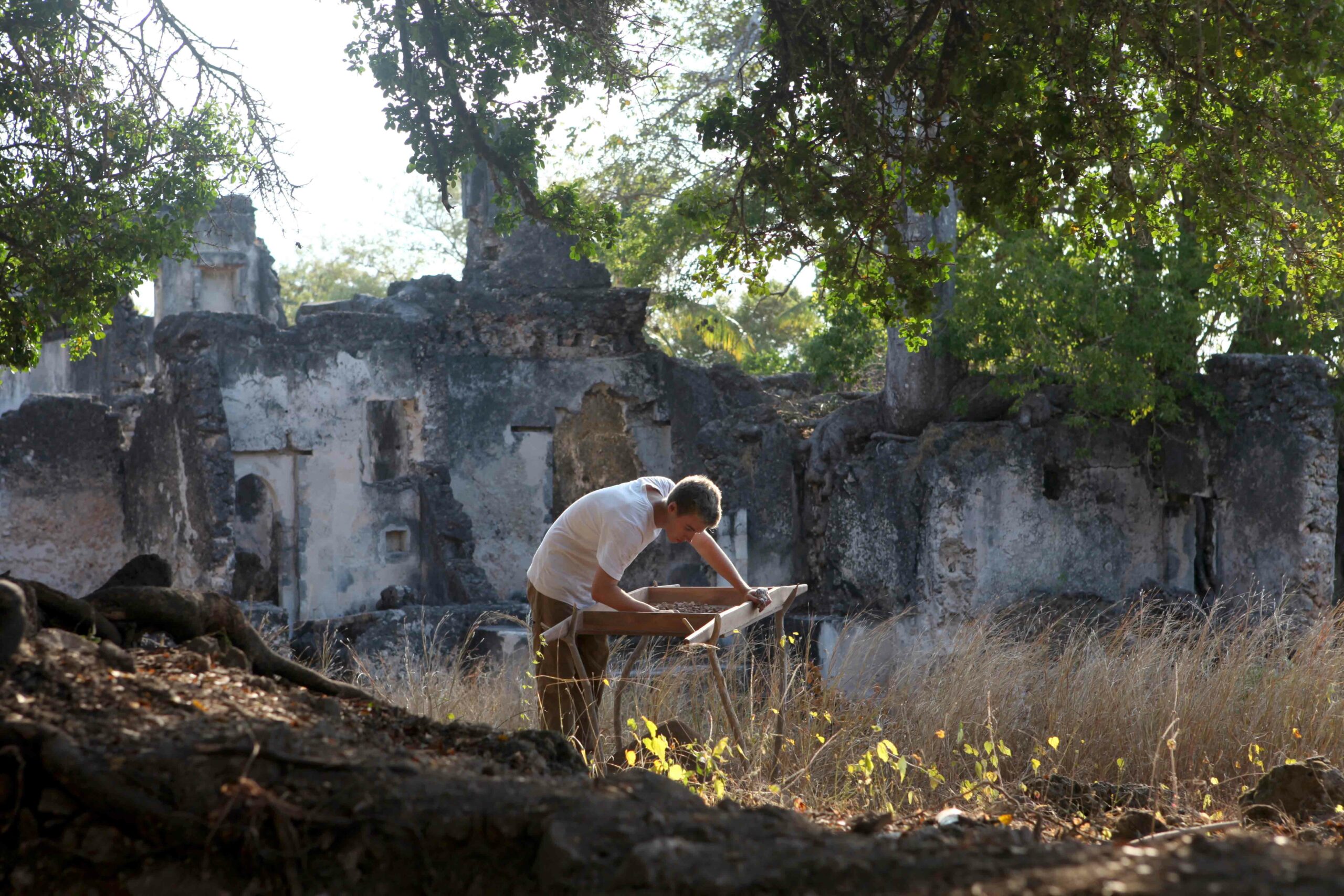
CAMBRIDGE, ENGLAND—Palaeoclimatologist Yama Dixit of the University of Cambridge and her team tested sediment samples taken from an ancient, closed-basin lake on the edge of the Indus Valley. The age of the layers was determined with radiocarbon dating of organic matter, while the preserved shells of lake snails provided information about oxygen isotopes and water levels. According to a report in Nature News, what they found indicates that the monsoon cycle stopped for some 200 years around 2000 B.C. This long-term drought may have contributed to the decline of the Indus Valley Civilization. “What drove this climate change 4,100 years ago? We don’t see major changes in the North Atlantic or in the solar activity at that time,” asked Anil Gupta, director of the Wadia Institute of Himalayan Geology in Dehradun, India.









